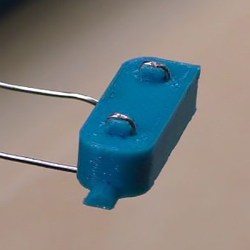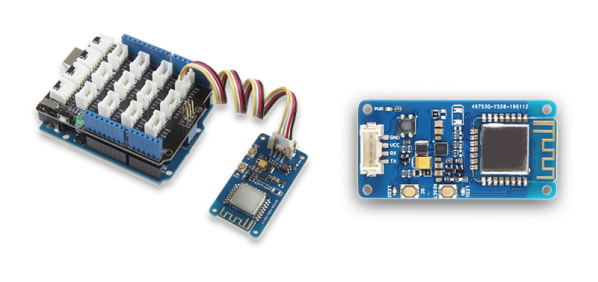Once technology that was only available to expensive design teams, and high-end engineering work, 3D printers are now readily available to anyone. Designing a physical prototype with a 3D printer is now something anyone can afford. Did I say anyone? Yes, anyone, even the people trying to build perpetual motion machines. Here’s one on Kickstarter powered by physics. It’s repelling magnets turning wheels.
The study and development of Artificial Intelligence began in the late 1950s and early 1960s. There were conferences, there were talks, colloquium, journals, the works. It was the beginning of a golden age. That came to a screeching halt sometime around 1985. Now, we’re in a new golden age of AI. There’s even a conference. It’s being hosted by [Jeff Bezos], as the alternative, public version of the MARS (for Machine Learning, Automation, Robotics, and Space) conference. Read that link. The phrase, ‘the Bilderberg conference of California’ is in there.
A new Project Binky? Can it be true? Yes, it’s episode 22. The center console is in, the dash is in, and the doors look somewhat finished. What’s the deal this time? A bumpin’ stereo. Wiring! Milliput! It’s English blokes in a shed doing fabrication, your favorite genre of video.
Aaaay, wait a minute. Have you heard about KiCon? Yes, there will be a KiCad user conference. It’s in Chicago, April 26th and 27th, and it’s all about KiCad scripts, settings, tools, techniques, and triumphs. There’s a call for talks, although you shouldn’t try to submit a workshop discussing the difference between ‘Kai-Cad’ and ‘Key-Cad’. That workshop has already been rejected.
Have a 25 meter satellite dish lying around in your backyard? Of course you do. Well, you can hunt for satellites with that thing and a USB TV tuner. The SatNOGS team has been working with a (radio) observatory in the Netherlands, and they’re getting radio signals from overhead satellites. Not bad, and there are, actually, a surprising number of unused large radio dishes out there. Luckily, they’re mostly historic sites.



















